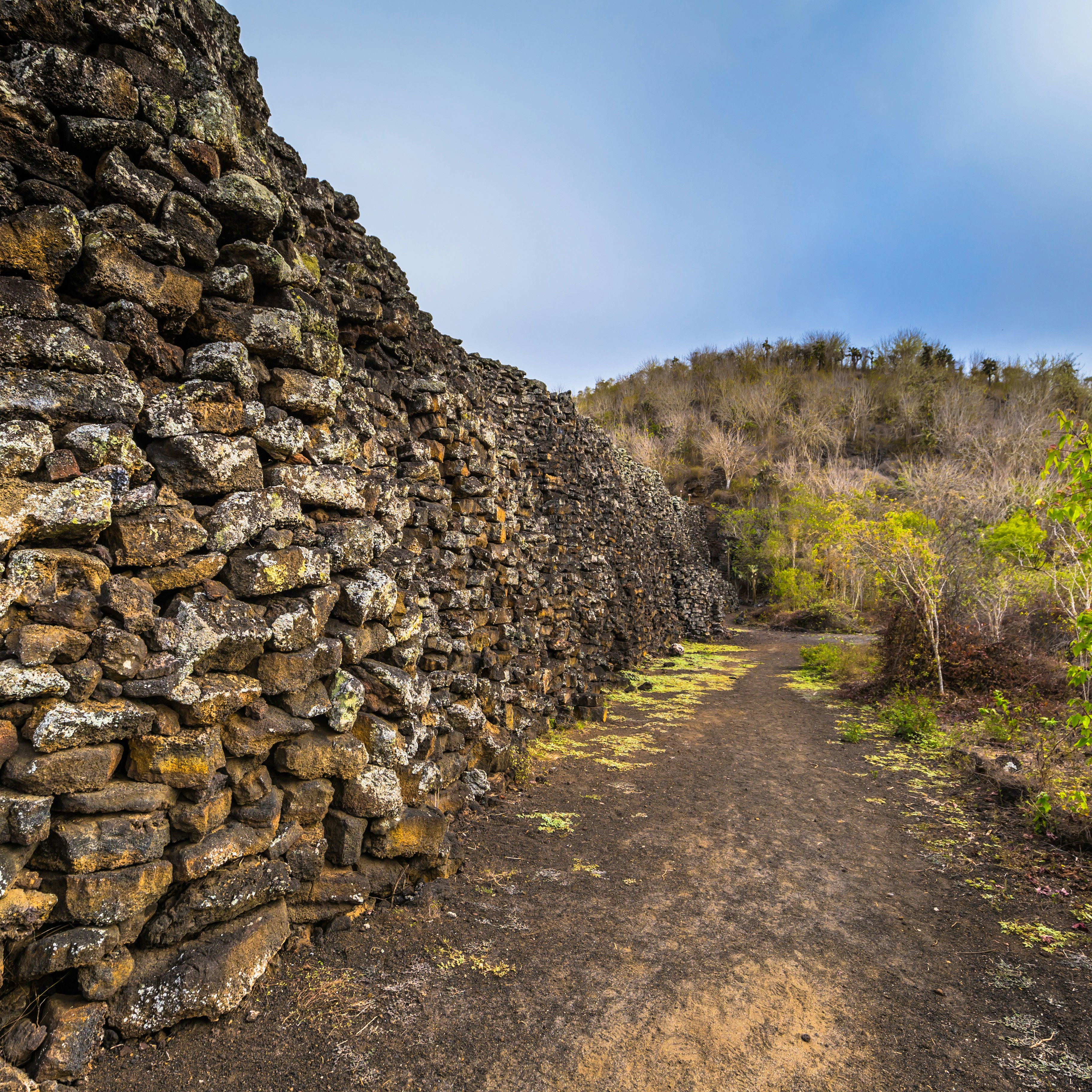

© Sebastian Modak/Lonely Planet
Overview
The Galápagos Islands may just inspire you to think differently about the world. The creatures that call the islands home, many found nowhere else in the world, act as if humans are nothing more than slightly annoying paparazzi.
Leave the planning to a local expert
Experience the real The Galápagos Islands. Let a local expert handle the planning for you.
Must-see attractions
Planning Tools
Expert guidance to help you plan your trip
Money and Costs
You don’t need to book an expensive cruise to discover the beauty of the Galápagos. Use these top tips to travel independently and stretch your budget.
Read full article
Get a book. Get inspired. Get exploring.
in partnership with getyourguide














